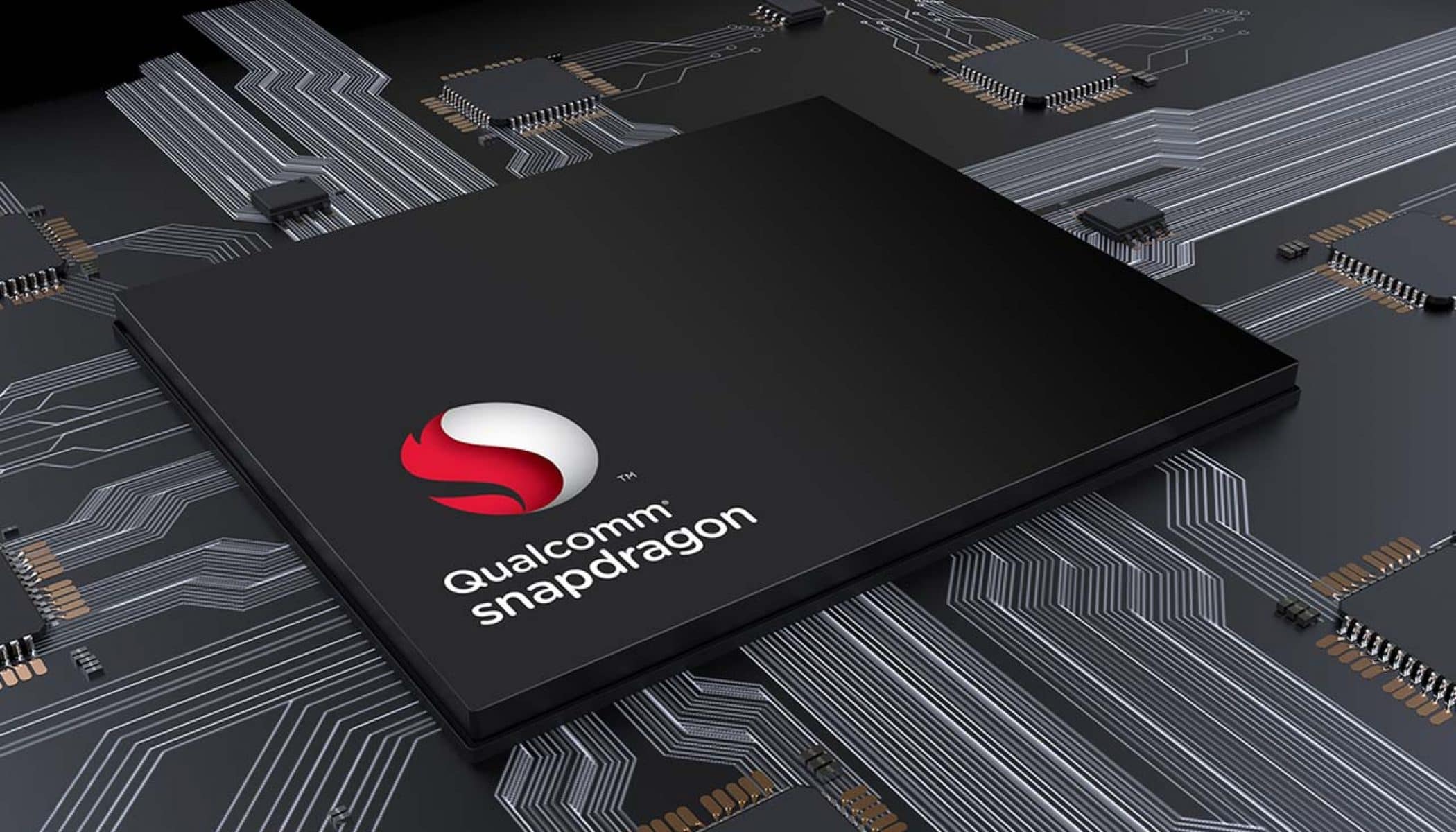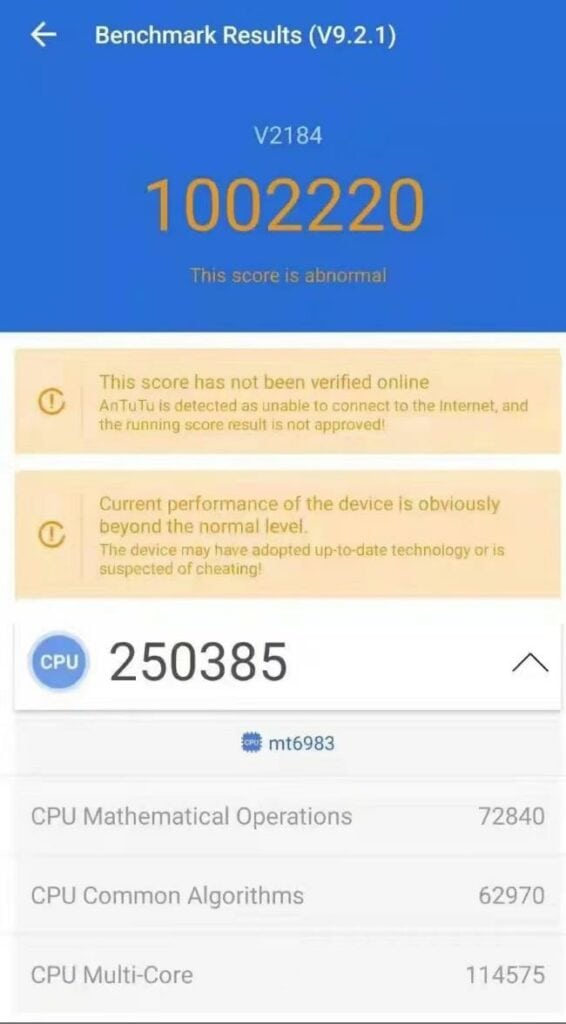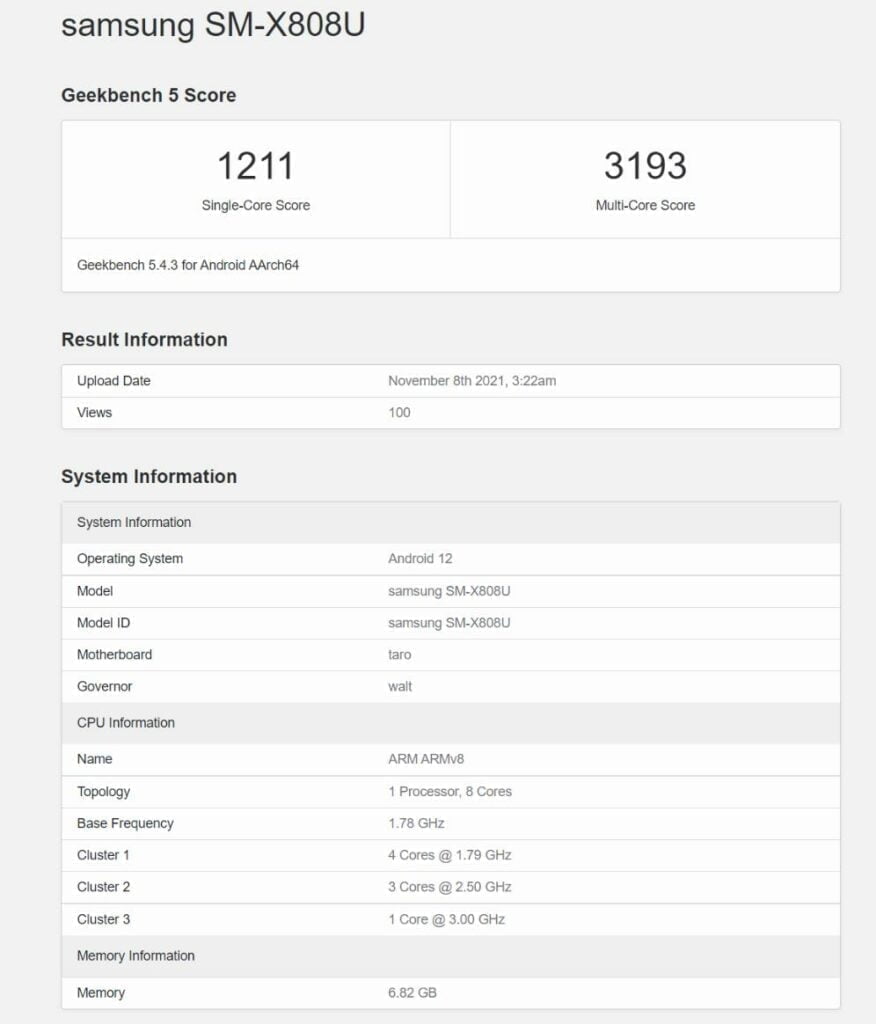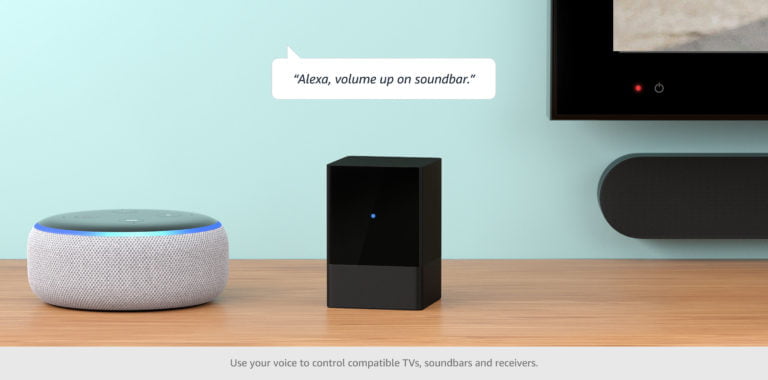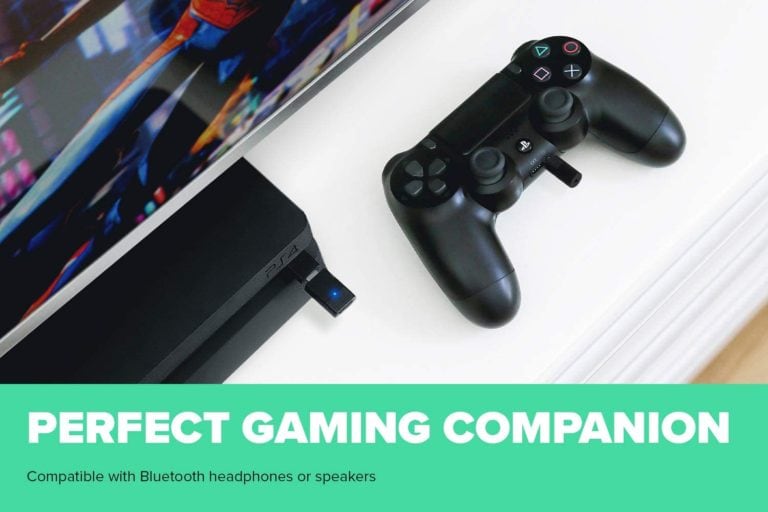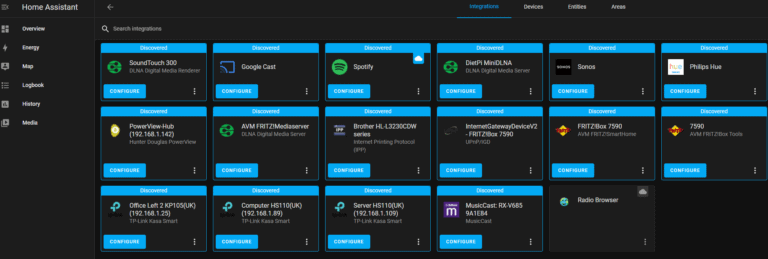Any links to online stores should be assumed to be affiliates. The company or PR agency provides all or most review samples. They have no control over my content, and I provide my honest opinion.
- [19/11/2021] Update – The first day of the Mediatek Summit has completed and they have confirmed the specs of their latest flagship chipset. The announcement confirms a different name from all the leaks, the chipset is officially called the MediaTek Dimensity 9000.
- [30/11/2021] Update – Added Antutu results for some early leaks for the Qualcomm Snapdragon 8 Gen1 – Qualcomm announcement is later today and I will add more information then
–
It’s that time of the year again, all the big-name flagship phones have been launched for the year, and we are now gearing up for a new cycle of phone launches, ad infinitum.
Before we can have flagship phones, we need new flagship chipsets.
Mediatek held its annual summit on the 18th of November, where they announced the MediaTek Dimensity 9000.
Two weeks later, it is Qualcomm’s turn with the Snapdragon Summit, and the announcement of what we originally assumed would be called the Snapdragon 898, but in recent weeks it has been confirmed to be the Snapdragon 8 Gen1.
As usual for the consumer tech industry, we have had numerous leaks and rumours already. So what can we expect from these three new chipsets?
Just to confirm that with this post, not everything is confirmed, and everything should be taken with a pinch of salt.
Qualcomm Snapdragon 8 Gen1 vs MediaTek Dimensity 9000 vs Samsung Exynos 2200 Specifications
| Qualcomm Snapdragon 8 Gen 1 | Mediatek Dimensity 9000 | Samsung Exynos 2200 | |
|---|---|---|---|
| Fabrication Process | 4nm Samsung | 4nm TSMC | 4nm Samsung |
| CPU | 1 x Arm Cortex-X2 @ 3.0 GHz with 1024KB pL2 3 x ArmCortex-A710 @ 2.5 GHz with 3x512KB pL2 4 x Arm Cortex-A510 @ 1.8GHz with 2x unknown sL2 | 1 x Arm Cortex-X2 @ 3.05 GHz 3 x ArmCortex-A710 @ 2.85 GHz 4 x Arm Cortex-A510 @ 1.8 GHz | 1 x Arm Cortex-X2 @ 3.0 GHz 3 x ArmCortex-A710 @ 2.5 GHz 4 x Arm Cortex-A510 @ 1.8 GHz |
| GPU | Adreno next-gen (730) | ARM Mali-G710 MC10 | AMD RDNA 2 GPU |
| Memory | 4x 16-bit 3200MHz LPDDR5 / 51.2GB/s 4MB System Cache | 4x 16-bit 3200MHz LPDDR5 / 51.2GB/s 3750MHz LPDDR5X / 60.0GB/s = 7500Mbps support 6MB System Cache | TBC |
| ISP | Triple 18-bit Spectra ISP 1x 200MP or 108MP with ZSL 64+36MP with ZSL 3x 36MP with ZSL 8K HDR video & 64MP burst capture | Imagiq790 New-gen Triple 18-bit ISP 9GPix/s processing throughput Single Sensor up to 320MP Triple Sensor 32+32+32MP | TBC |
| NPU | Hexagon | 5th Gen 4+2 core APU | TBC |
| Media | 8K30 / 4K120 10-bit H.265 Dolby Vision, HDR10+, HDR10, HLG 720p960 infinite recording No AV1 decoding | 8K30 & 4K120 encode & 8K60 decode H.265/HEVC, H.264, VP9 8K30 AV1 Decode | TBC |
| Connectivity | TBC | Bluetooth 5.3 Wi-Fi 6E | TBC |
| Modem | Integrated X65 5G NR Sub-6 + mmWave DL = 10000 Mbps UL = 3000 Mbps | LTE Category 24/18 5G NR Sub-6 | TBC |
Fabrication Process
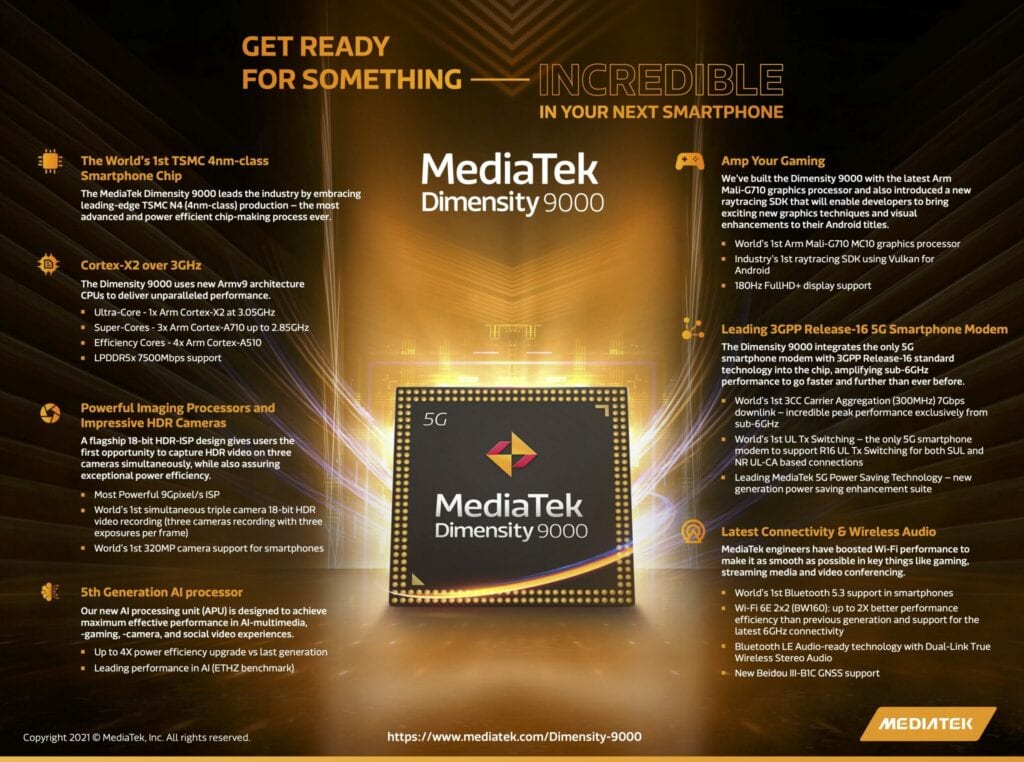
Each year brings with it a new smaller fabrication process. This year all the companies are on 4nm, but Qualcomm and Samsung are using the Samsung fab while Mediatek uses TSMC.
Many people claim that TSMC is a superior solution and one of the reasons why the Samsung fabricated SD888 and Exynos 2100 had poor thermal efficiency. With the chipsets having a similar CPU design this year, it looks like we will find out for sure in 2022.
Last year, Mediatek were on the 6nm fabrication process, so they are really upping their game by matching Qualcomm and Samsung with 4nm. This has now been confirmed as the TSMC N4 (4nm-class)
CPU
Last year, Mediatek used a lower spec design than its two main rivals. Performance was lower, but so was the price and the Dimensity chipsets offered better battery.
This year, the three companies have almost identical designs. We don’t have confirmation on the frequencies yet, but they should all offer a similar level of CPU performance.
The Mediatek frequencies have been confirmed and the four main CPUs are clocked higher than Qualcomm with the single Arm Cortex-X2 being 3.05 GHz and the three Arm Cortex-A710 CPUs being 2.85 GHz
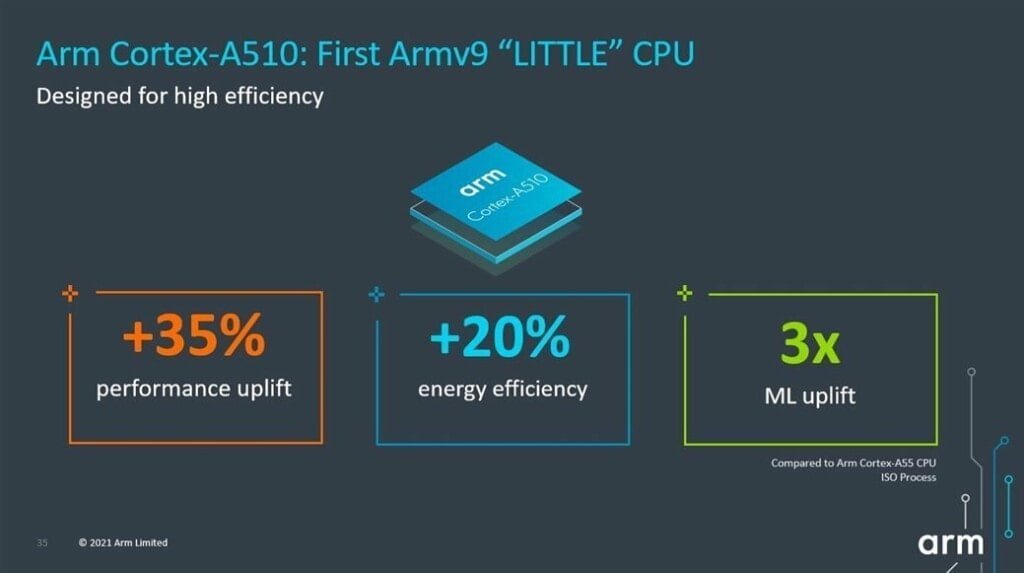
The interesting upgrade this year is the switch from the Cortex-A55 LITTLE cores, which are now four years old, to the Arm Cortex-A510. The new Cortex-A510 35% faster than the old A55, 20% more energy-efficient and with 3x the machine learning capabilities.
As for the Arm Cortex-X2, this claims to offer a 16% speed boost over an X1 core built on the same node, but there have been no claims about improved power efficiency, which is concerning.
The new Arm Cortex A710, is a bit more promising; while it only has a 10% performance uplift, it has a 30% energy efficiency uplift compared to the A78 on the same node.
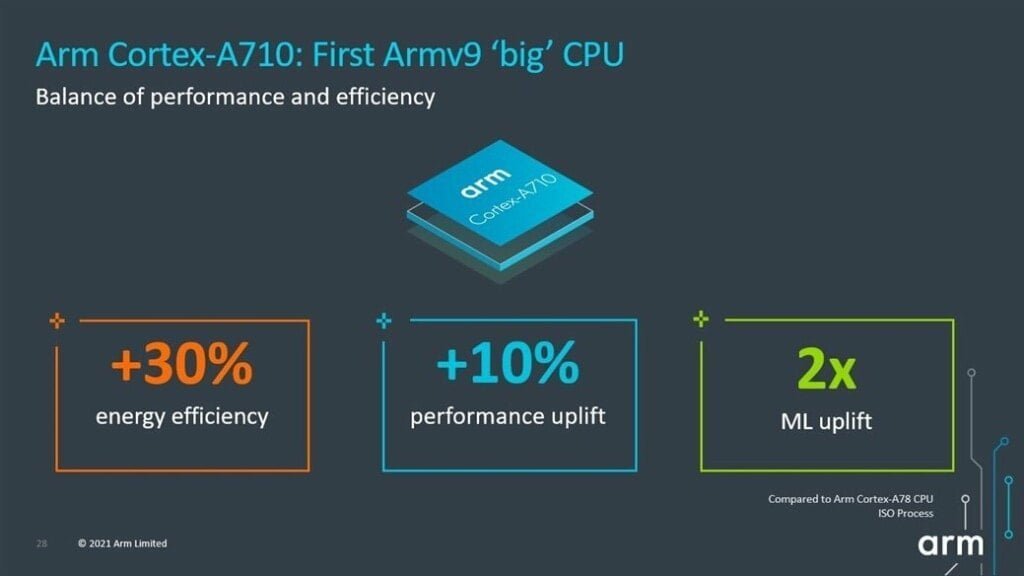
GPU
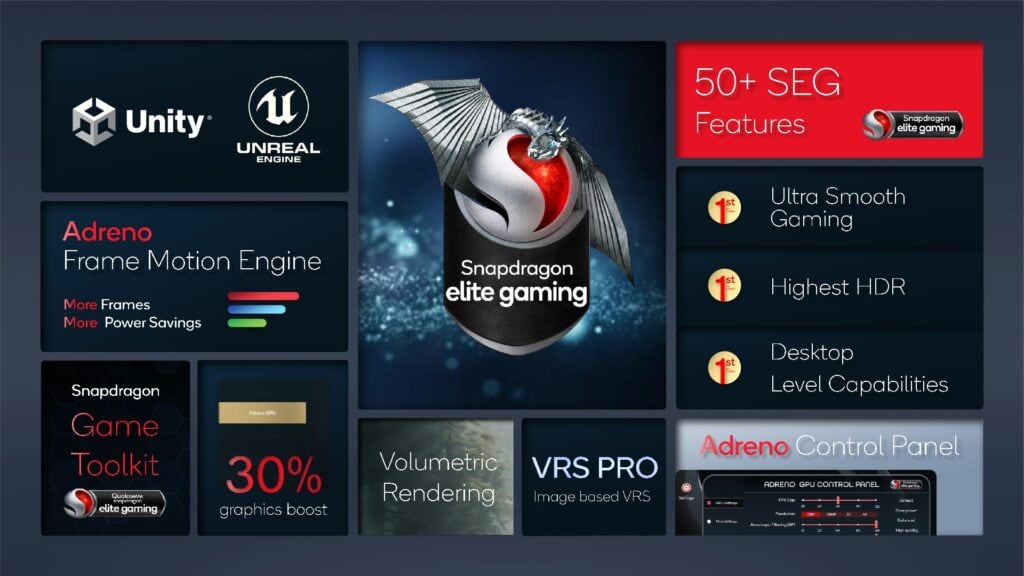
The big differences come with the GPU design.
Qualcomm will be using the Adreno, which we assume is called the Adreno 730, and as always, there is not much known about its specifics.
Mediatek will also be going down a familiar route, this time with the ARM Mali-G710 MC10, this should be quite a large upgrade from the Dimensity 1200 as it is two models up with an extra core. This has now been confirmed as accurate.
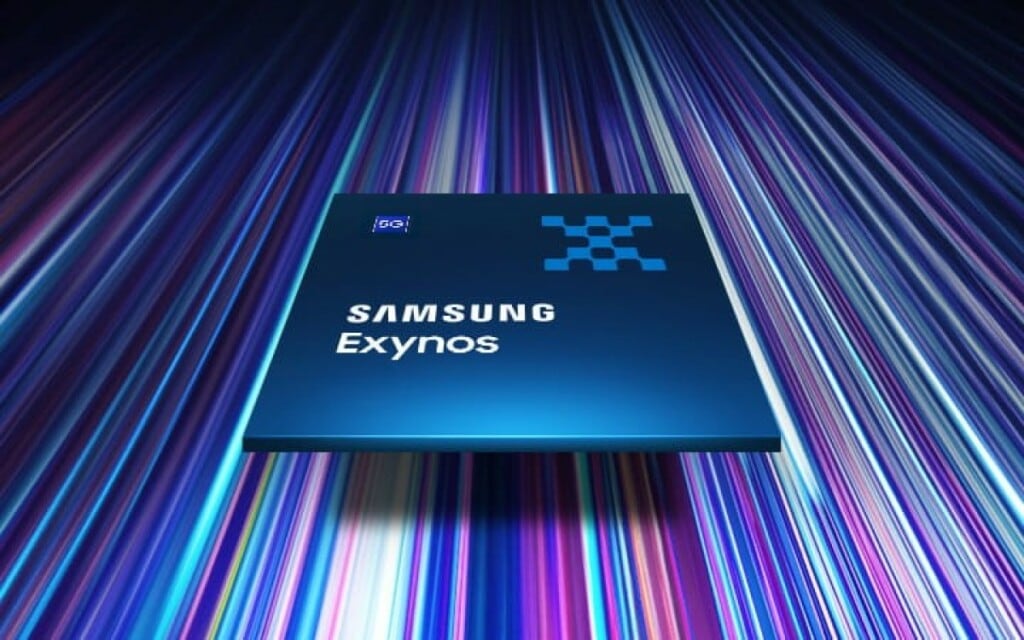
It is Samsung switching to the AMD RDNA 2 GPU where things get really interesting. This could make it or break it for the Exynos chipset. Many people have a positive outlook on this move, and it is believed that the AMD GPU will have a massive performance improvement compared to Arm Mali.
Qualcomm Snapdragon 8 Gen1 vs MediaTek Dimensity 9000 vs Samsung Exynos 2200 Benchmarks
Some early benchmarks have leaked out showing big improvements, but at the moment, there is not much to compare each chipset with.
A Vivo phone running the MediaTek Dimensity 9000 with the device name of V2184 recently showed up on Antutu with a score of 1,002,220, which is a 16.7% improvement over the top official Antutu score of 858734 for the Red Magic 6.
A Geekbench listing popped up for a Qualcomm Snapdragon 8 Gen1 equipped Samsung Galaxy S22+ with a score of 1211 and 3193, but this is lower than I would expect for a final release phone. The SD888 on the OnePlus 9 Pro managed 1109 and 3487.
Recently two Antutu results have appeared for devices powered by the Snapdragon 8 Gen1. The first was an unnamed device with a score of 1035020. With no information attributed to it, the likelihood of it being real is in question.
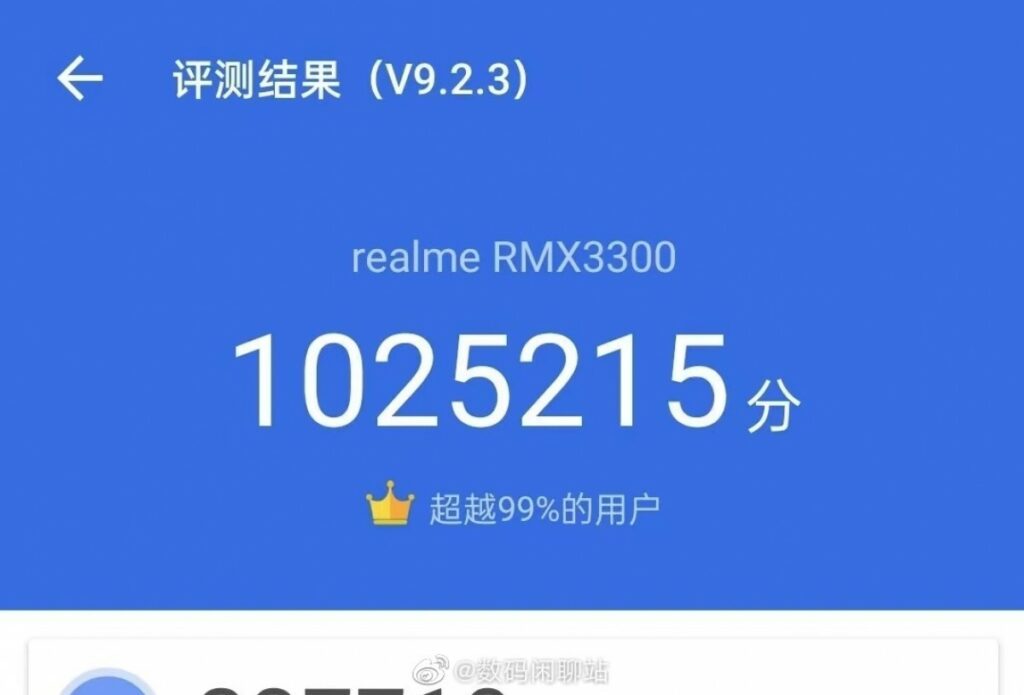
The second, which looks more believable is for a device labelled RMX3300 which will likely be the Realme GT 2 Pro. This scores 1,025,215, which is 2.3% higher than the early leak for the MediaTek Dimensity 9000. It is such a small difference it is too early to make any grand claims about one chipset being superior to the other.
The Snapdragon 8 Gen1 Antutu is 19.4% higher than the Red Magic 6 Snapdragon 888 score on Anututu. I achieved 870879 with the Snapdragon 888+ when reviewing the Nubia Red Magic 6S Pro and the Snapdragon 8 Gen1 would be 17.2% ahead of that.
Overall
I probably say this every year, but next year looks quite exciting for flagship phones. For several years now, the normal cycle has been an improvement with the four main performance cores while the efficient power cores have stayed as the same Cortex-A55. That launched back in 2017 and was first used on the Snapdragon 845. With all the CPU cores getting an upgrade this year, it will be interesting to see how much of a difference this has with performance, both in benchmarks and real life, but perhaps more importantly, battery life.
This year also sees Mediatek go head to head with Qualcomm and Samsung with almost identical CPU designs and matching them, if not bettering them with the TSMC 4nm fabrication process.
This, therefore, leaves the GPU and perhaps the fabrication process as the two main differences between the chipsets. Qualcomm and Mediatek have gone their usual ways of Adreno and Mali GPUs, but the AMD RDNA 2 GPU used on the Samsung could have the biggest impact on the market.
This year was a bit of a disappointment with due to poor battery performance and thermal throttling, and this remains my biggest concern. I would hope that the three companies have found ways to address this issue. I suspect the Cortex-X1 was to blame, so hopefully, the second iteration fixes this problem, but the Arm announcement didn’t seem to indicate this. The smaller 4nm fabrication process will also help, and it will be interesting to see if the TSMC process used by Mediatek provides them with an advantage over Samsung.
- [Original Post: 14 November 2021]
- [Updated: 14 November 2021] Added accurate information for the MediaTek Dimensity 9000
- [Updated: 30 November 2021] Changed the rumoured Snapdragon 898 name to Snapdragon 8 Gen1, which is not confirmed just yet, but appears to be accurate. Also added benchmarks for the Snapdragon
I am James, a UK-based tech enthusiast and the Editor and Owner of Mighty Gadget, which I’ve proudly run since 2007. Passionate about all things technology, my expertise spans from computers and networking to mobile, wearables, and smart home devices.
As a fitness fanatic who loves running and cycling, I also have a keen interest in fitness-related technology, and I take every opportunity to cover this niche on my blog. My diverse interests allow me to bring a unique perspective to tech blogging, merging lifestyle, fitness, and the latest tech trends.
In my academic pursuits, I earned a BSc in Information Systems Design from UCLAN, before advancing my learning with a Master’s Degree in Computing. This advanced study also included Cisco CCNA accreditation, further demonstrating my commitment to understanding and staying ahead of the technology curve.
I’m proud to share that Vuelio has consistently ranked Mighty Gadget as one of the top technology blogs in the UK. With my dedication to technology and drive to share my insights, I aim to continue providing my readers with engaging and informative content.

